Design Books
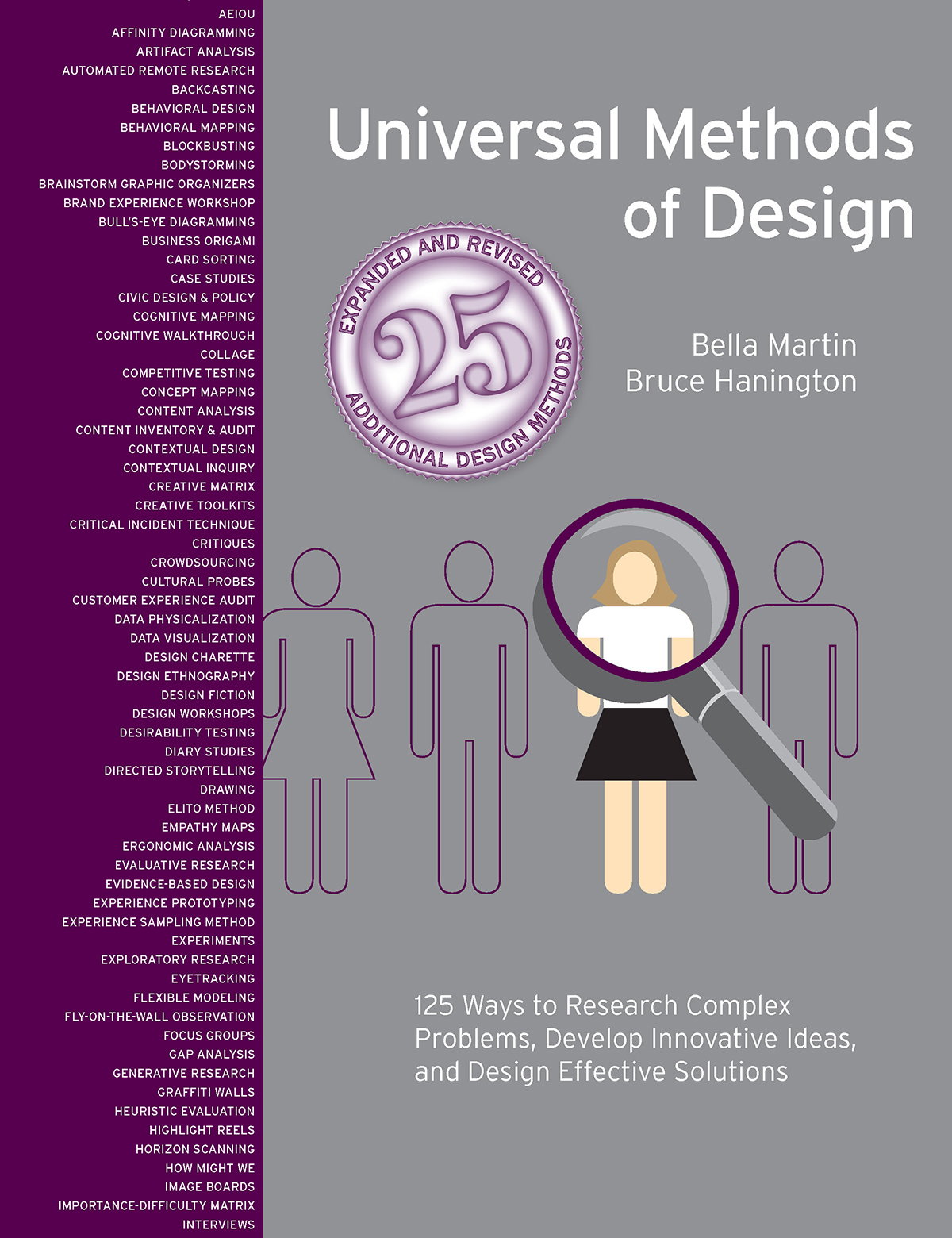
Universal Methods of Design Expanded and Revised
'Universal Methods of Design: Expanded and Revised' presents 125 research methods for design in a concise and accessible format, now updated with new information on digital design and software and 25 new chapters. The techniques included provide an opportunity to structure conversations that can help designers better understand and empathize with people, and as a result build more meaningful products.

Connecting: Harness Your Emotions to Enhance Your Creativity
Strong emotions, no matter how negative or positive, are the true drivers of creative thought. Anger, happiness, frustration, love and even hate make us think - all emotional states can help us to create. This is the ground breaking idea behind Connecting, a new book that explains in both graphic and intellectual terms how to foster and drive the creative mindset. Written by creativity expert Paulina Larocca and illustrated by design master Tony Ibbotson, the book offers visual and psychological proof of the pathways to originality and inventiveness.
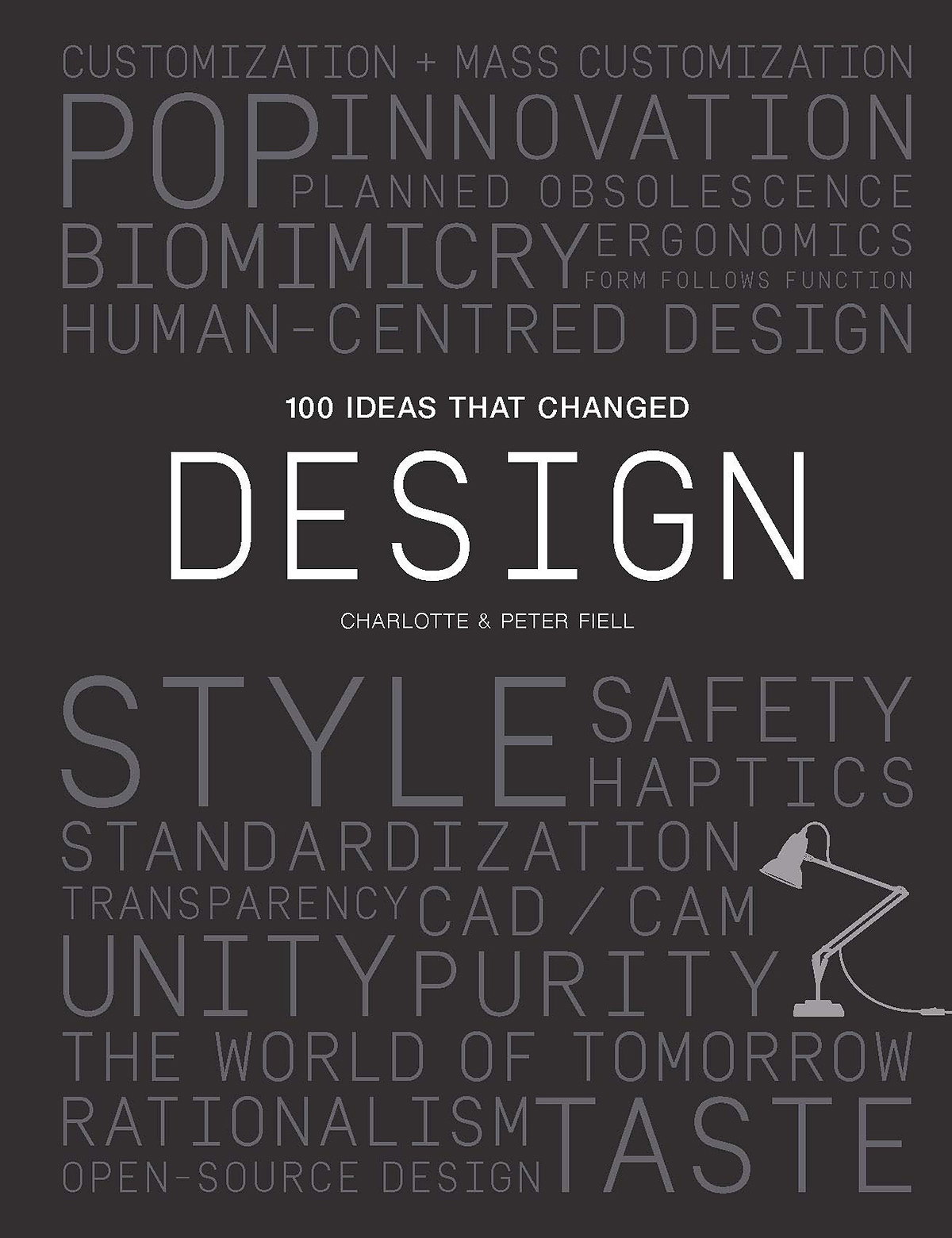
100 Ideas that Changed Design
100 Ideas that Changed Design chronicles the most influential ideas that have shaped industrial and product design. Written by two experts on modern design, it provides a concise history of the subject and offers a fascinating resource to dip into for the general reader. From the origins of modern design in the craft movements of the 19th and early 20th century, and the changes brought about by mass production, the book traces the most important ideas in design through the modern movement and post-war consumer society to more recent ideas such as Open-Source Design and Biomimicry.

Accessible America: A History of Disability and Design
Disability advocates fought tirelessly to ensure that the needs of people with disabilities became a standard part of public design thinking. That fight took many forms worldwide, but in the United States it became a civil rights issue; activists used design to make an argument about the place of people with disabilities in public life. Williamson provides an extraordinary look at everyday design, marrying accessibility with aesthetic, to provide an insight into a world in which we are all active participants, but often passive onlookers. Richly detailed, with stories of politics and innovation, Bess Williamson's Accessible America takes us through this important history, showing how American ideas of individualism and rights came to shape the material world, often with unexpected consequences.
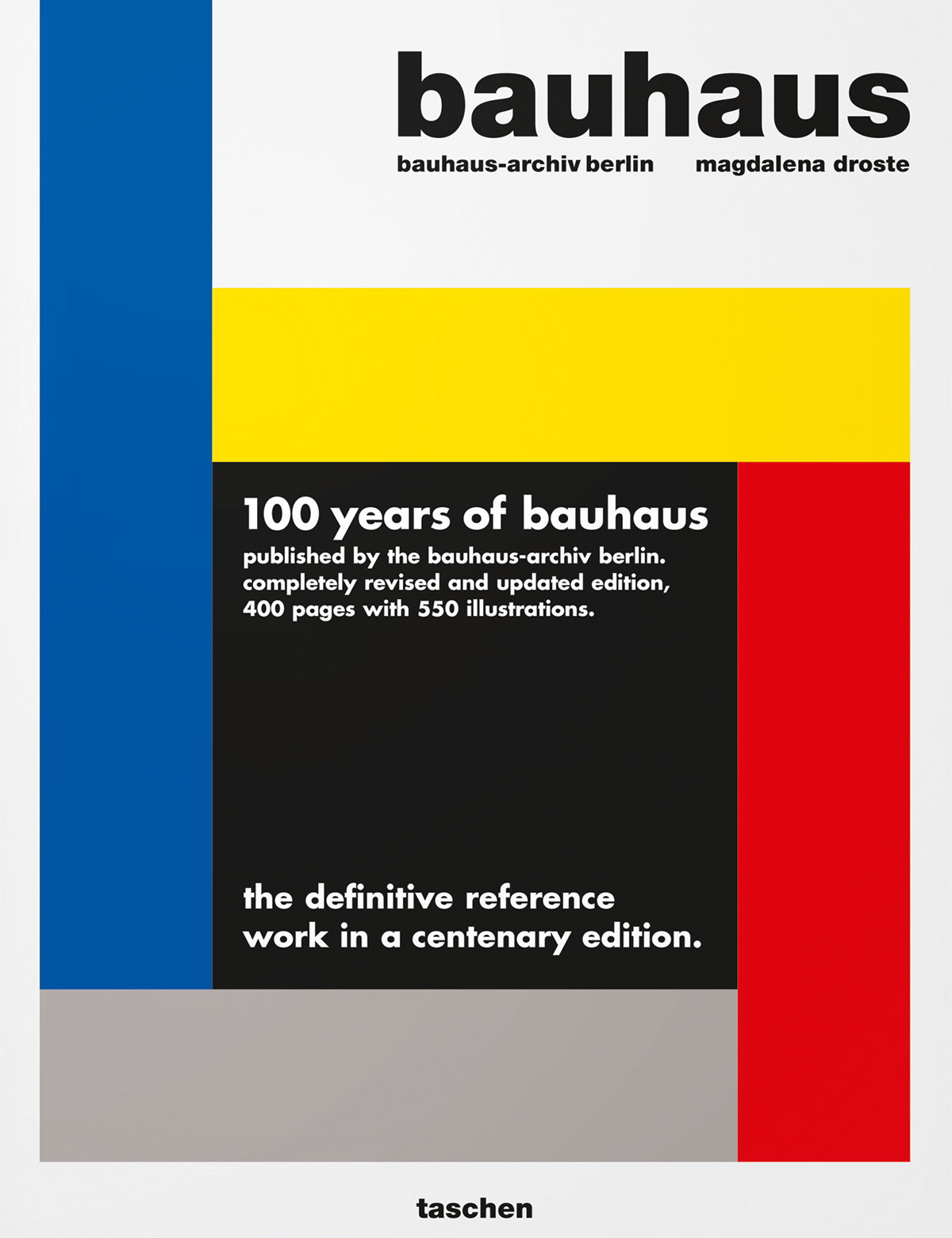
Bauhaus
In a fleeting 14-year period between two world wars, Germany's Bauhaus School of Art and Design changed the face of modernity. With utopian ideas for the future, the school developed a pioneering fusion of fine art, craftsmanship, and technology, which they applied across media and practices from film to theater, sculpture to ceramics. This book is made in collaboration with the Bauhaus-Archiv/Museum für Gestaltung in Berlin, the world's largest collection on the history of the Bauhaus. Some 550 illustrations including architectural plans, studies, photographs, sketches, and models record not only the realized works but also the leading principles and personalities of this idealistic creative community through its three successive locations in Weimar, Dessau, and Berlin.
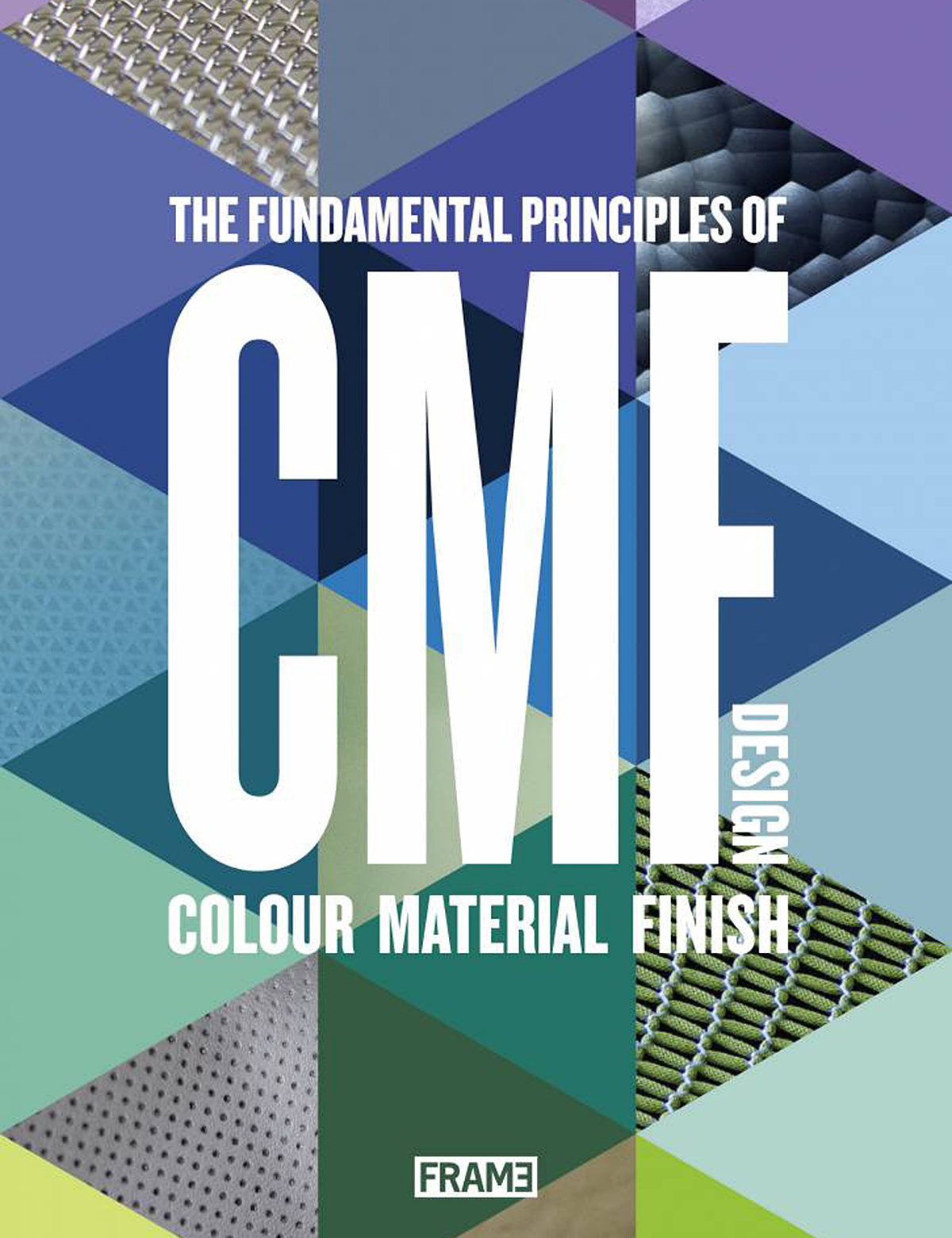
CMF Design: The Fundamental Principles of Colour, Material and Finish Design
The discipline of CMF design focuses on designing and specifying colours, materials and finishes to support both functional and emotional attributes of products. The work of the CMF designer combines aesthetics and practical knowledge of materials and technologies with intangible human perceptions of value. Introducing the CMF process and detailing the areas of colour, material and finish design, this book serves as a valuable source of information about this emerging professional discipline and its fundamental principles.
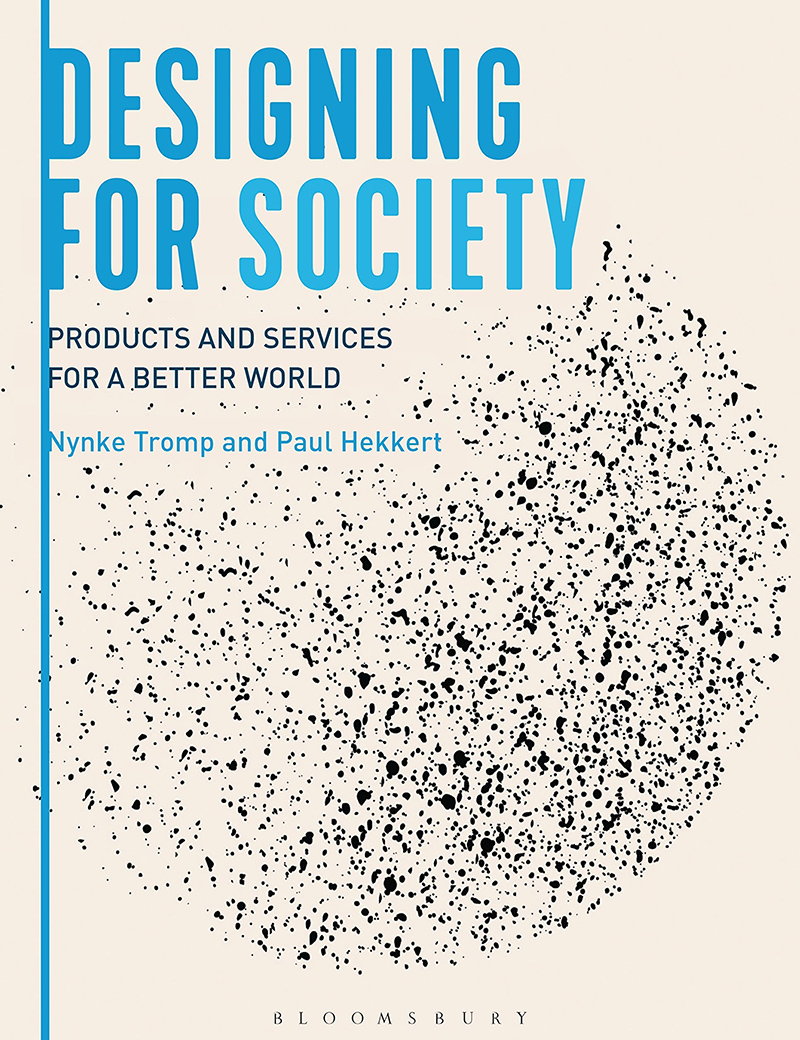
Designing for Society: Products and Services for a Better World
In Designing for Society, Paul Hekkert and Nynke Tromp provide a hands-on tool for design professionals and students who wish to use design to counteract social issues. Viewing the artefact as a unique means of facilitating behavioral change to realize social impact, this book goes beyond the current trend of applying design thinking to enhancing public services, and beyond the idea of the designer as a facilitator of localized social change.
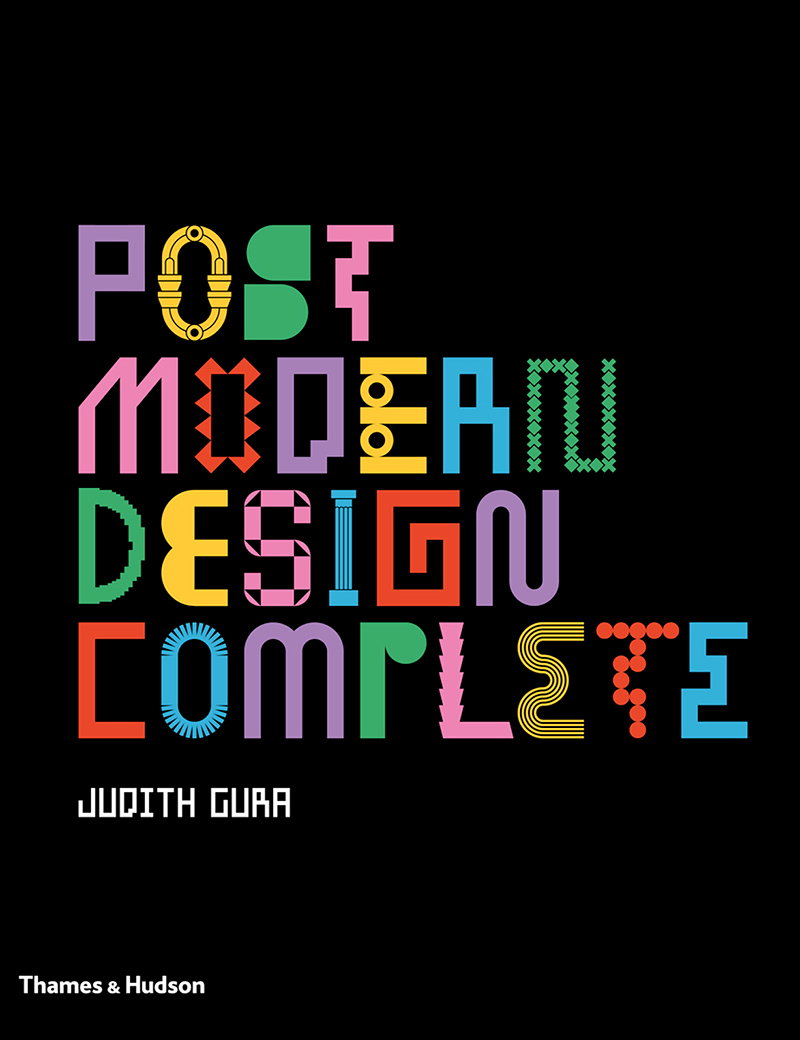
Postmodern Design Complete: Design, Furniture, Graphics, Architecture, Interiors
Postmodern Design Complete is a comprehensive and authoritative publication on one of the most popular periods of international design. This book profiles key creators including Graves, Mendini, Sottsass, Venturi, Charles Jencks, and Denise Scott Brown and covers the fields of architecture, furniture, graphic design, textiles, and product and industrial design. A section on Living with Postmodernism presents fifteen seminal homes and their furnishings; and a final section titled Postmodernism Continues is a comprehensive overview of contemporary makers.
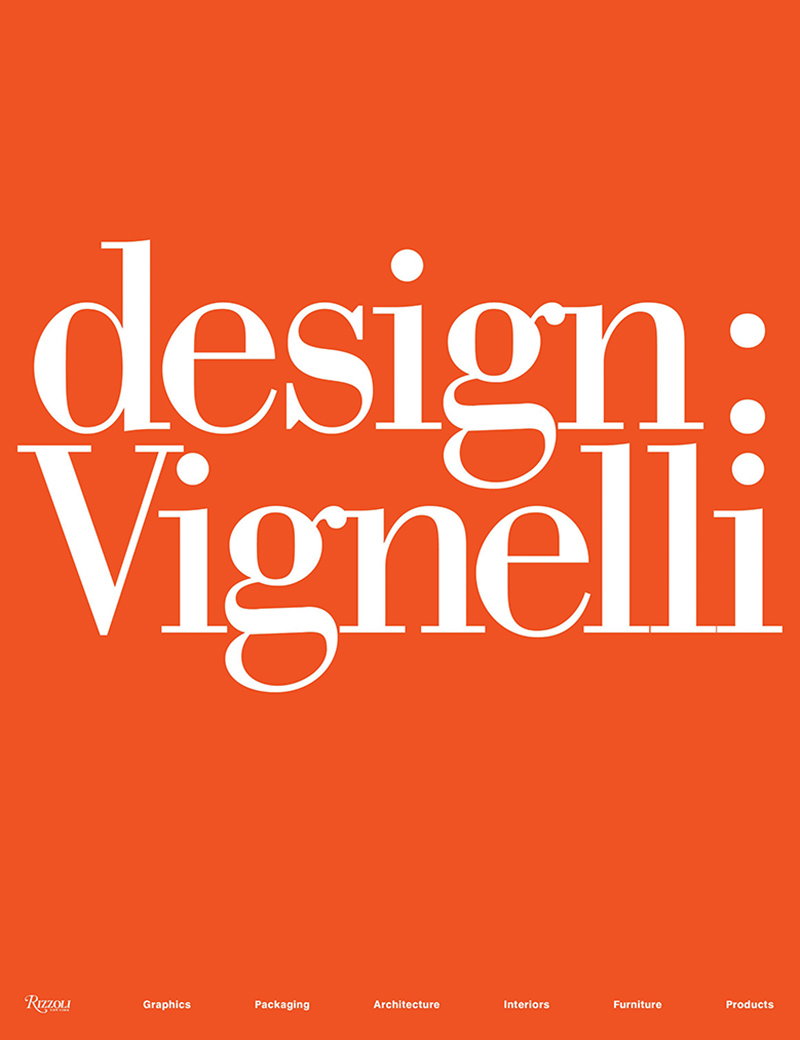
Design: Vignelli
The graphics, interiors, and products designed by Vignelli Associates are internationally recognized for their refined aesthetics, evolving modernity, and crisp execution. This landmark volume is devoted to Massimo and Lella Vignelli's influential work produced from their New York headquarters since the 1960s, as well as rarely seen early work produced in their native Italy. Design: Vignelli presents the brilliant multidisciplinary approach of the Vignellis, from designs for corporate identity programs including American Airlines, Bloomingdale's, and Benetton, to world-famous signage for the New York subway system.

Worlds of Wonder: Experience Design for Curious People
Worlds of Wonder is about immersive experience design, the art of creating spaces that tell a story. This book is the result of 25 years of work by Tinker Imagineers, one of the leading experience design agencies in Europe.

Victor Papanek: The Politics of Design
The designer, author and design activist Victor J. Papanek anticipated an understanding of design as a tool for political change and social good that is more relevant today than ever. He was one of the first designers in the mainstream arena to critically question design's social and ecological consequences, introducing a new set of ethical questions into the design field. Victor Papanek: The Politics of Design presents an encompassing overview of Papanek's oeuvre, at the heart of which stood his preoccupation with the socially marginalized and his commitment to the interests of areas then called the Third World, as well as his involvement in the fields of ecology, bionics, sustainability and anti-consumerism. Alongside essays and interviews discussing Papanek's relevance in his own era, this book also presents current perspectives on his enduring legacy and its influence on contemporary design theory.
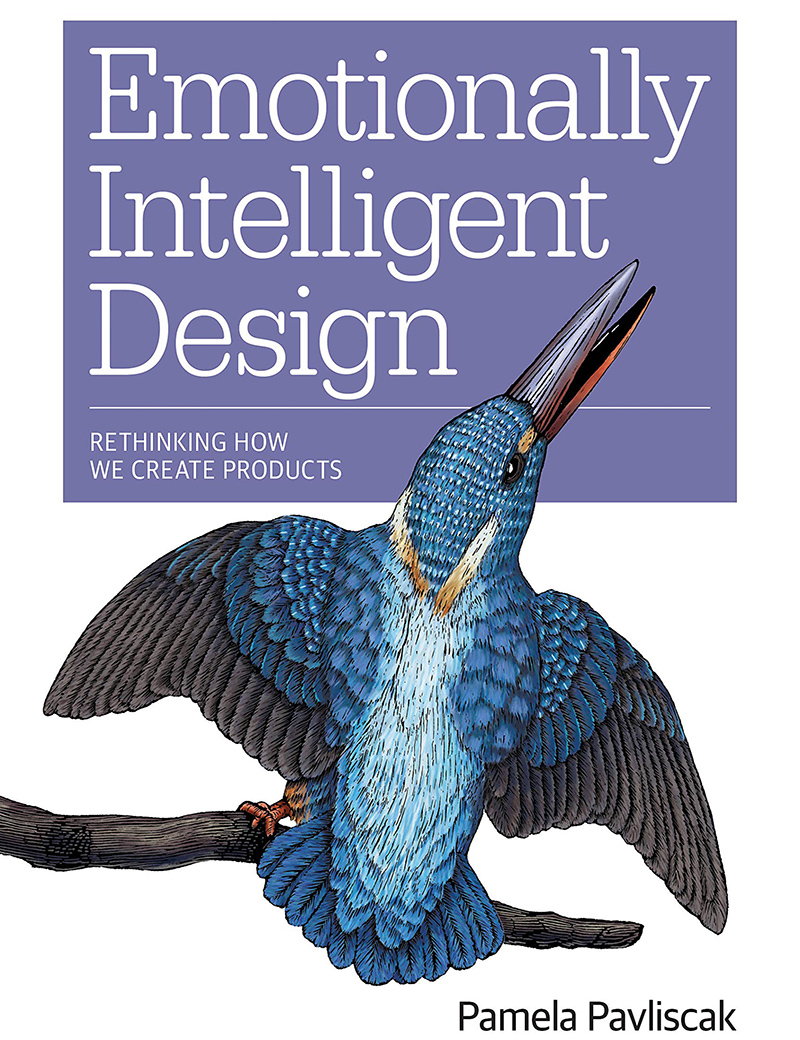
Emotionally Intelligent Design: Rethinking How We Create Products
As technology becomes deeply integrated into every aspect of our lives, we've begun to expect more emotionally intelligent interactions. But smartphones don't know if we're having a bad day, and cars couldn't care less about compassion. Technology is developing more IQ, but it still lacks EQ. In this book, Pamela Pavliscak-design researcher and advisor to Fortune 500 companies-explores new research about emotion, new technology that engages emotion, and new emotional design practices. Drawing on her own research and the latest thinking in psychology, neuroscience, and behavioral economics, Pamela shows you how design can help promote emotional well-being.
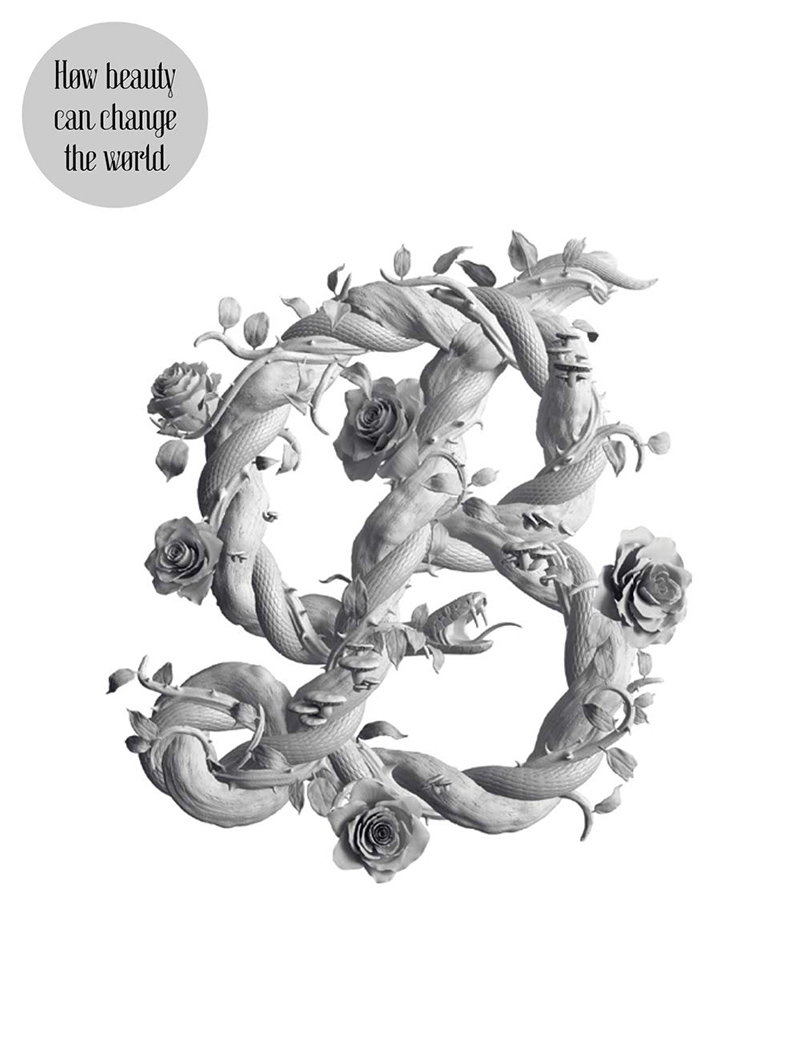
Sagmeister & Walsh: Beauty
In this groundbreaking highly visual book, world-renowned designers Stefan Sagmeister and Jessica Walsh set out on a mission: to find out what beauty is and the many ways that it impacts our lives. They turn to philosophy, history, and science to understand why we are drawn to beauty and how it influences the way we feel and behave. Determined to translate their findings into action, Sagmeister & Walsh show us how beauty can improve the world.
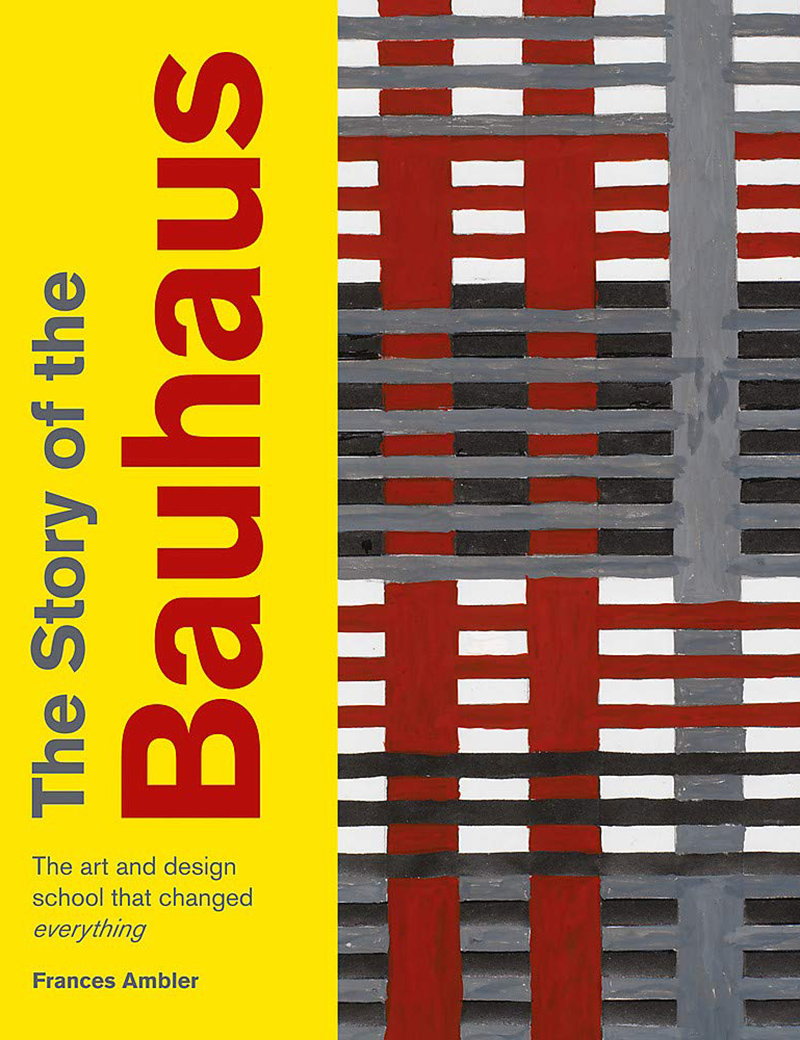
Story of Bauhaus
Now 100 years old, the Bauhaus still looks just as fresh and new today as it did when it began. It was a place to experiment and embraced new creative freedom. Thanks to this philosophy, the Bauhaus still shapes the world around us. Trace the Story of Bauhaus through the 100 personalities, designs, ideas and events that shaped this monumental movement. Learn about leaders Paul Klee, Walter Gropius, Marcel Breuer, and Wassily Kandinsky; witness wild parties and groundbreaking events that would revolutionize.
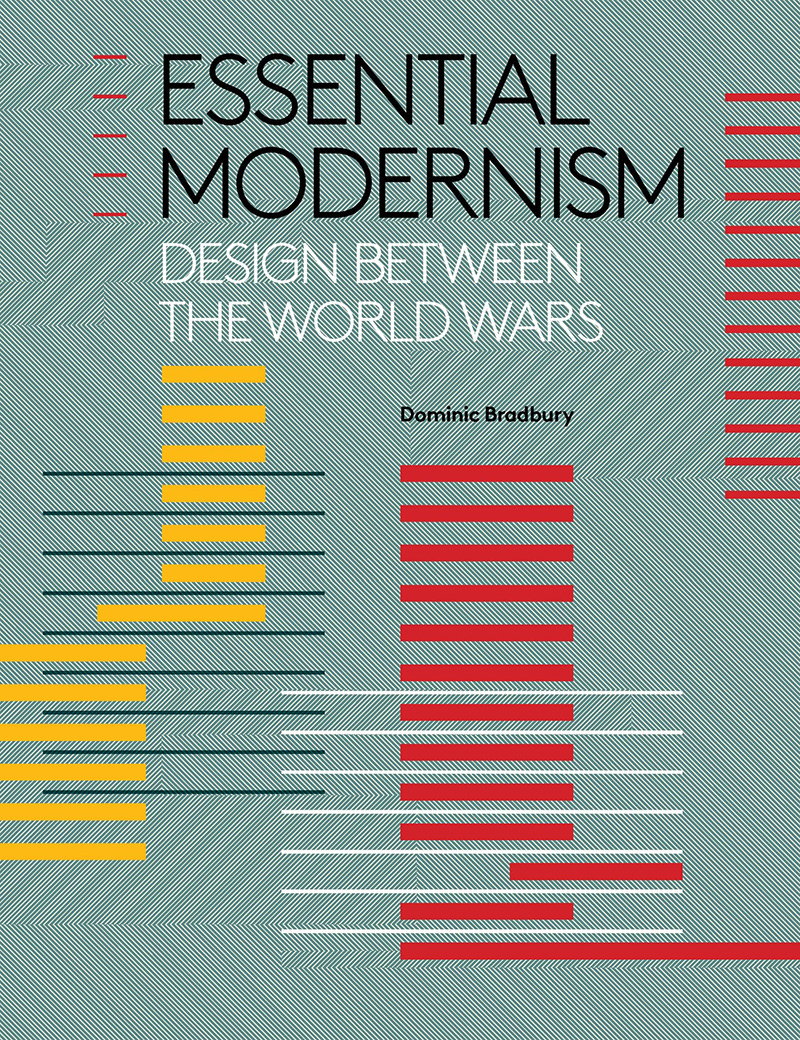
Essential Modernism: Design Between the World Wars
This wide-ranging survey showcases and analyzes the work of dozens of Modernist designers, from those who established the International Style in the 1920s and '30s through the groundbreaking practitioners of the mid-1940s. Modernism, with its powerful aesthetic and compelling philosophical framework, is the twentieth century's most defining movement in design and the applied arts. International architects and designers such as Alvar Aalto, Marcel Breuer, Eileen Gray, Le Corbusier, Ludwig Mies van der Rohe, and Frank Lloyd Wright revolutionized the built world and how we live in it. Their work rejected historical precedents, prioritizing function over tradition, and their experimentation with new forms, materials, and techniques transformed our living spaces and lifestyles and fundamentally changed the way we think about design. This lively and accessible volume includes sections on furniture, lighting, ceramics, and glass, industrial and product design, graphic design and posters, houses and interiors, as well as profiles of more than seventy influential creators.

Change by Design: How Design Thinking Transforms Organizations and Inspires Innovation
Change by Design explains design thinking, the collaborative process by which the designer's sensibilities and methods are employed to match people's needs, not only with what is technically feasible, but what is viable to the bottom line. Design thinking converts need into demand. It's a human-centered approach to problem solving that helps people and organizations become more innovative and more creative.
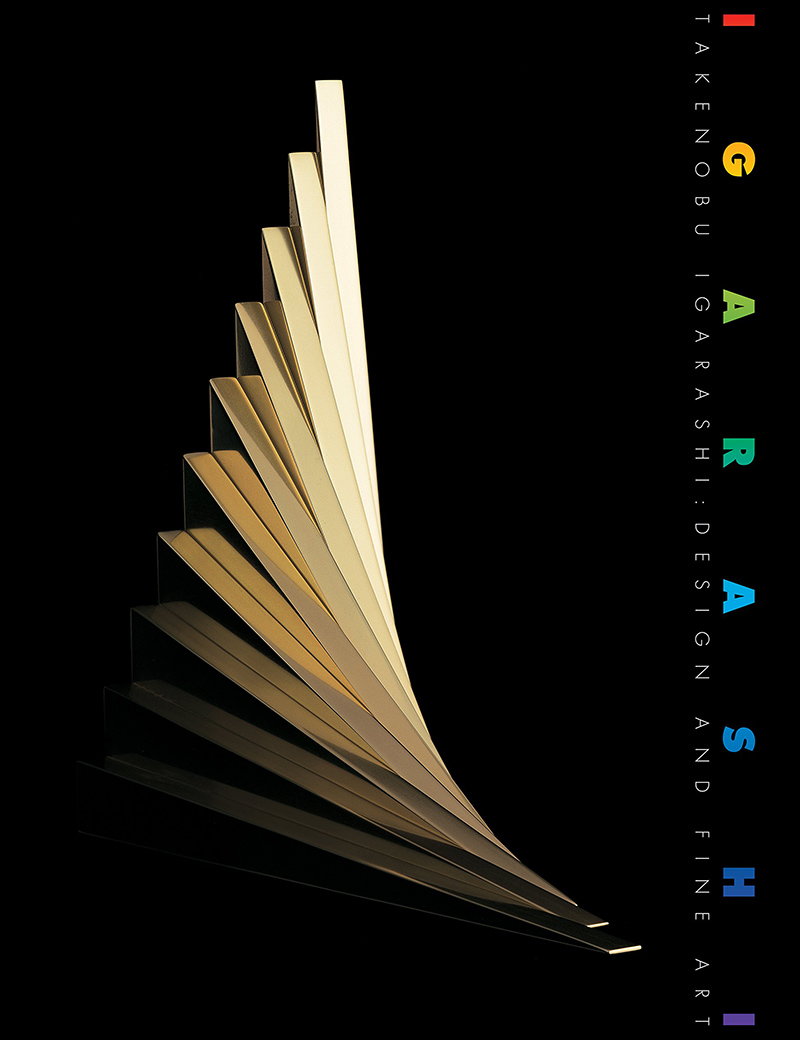
Takenobu Igarashi: Design and Fine Art
This book presents the career of award-winning Japanese graphic designer, industrial designer and fine artist Takenobu Igarashi.
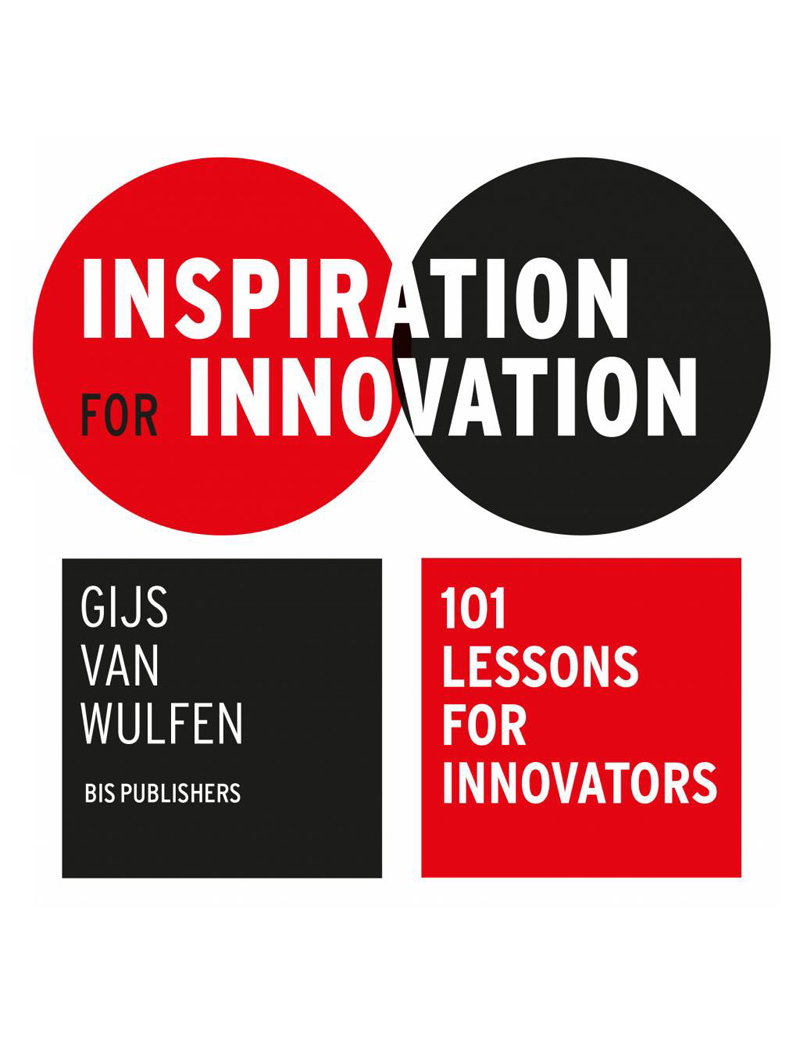
Inspiration for Innovation: 101 Lessons for Innovators
Inspiration for Innovation helps you to become a successful innovator. It offers practical insights, tips and tools and teaches you how to innovate. With 101 columns this book inspires, confronts and surprises everyone who is looking for more inspiration on this topic.
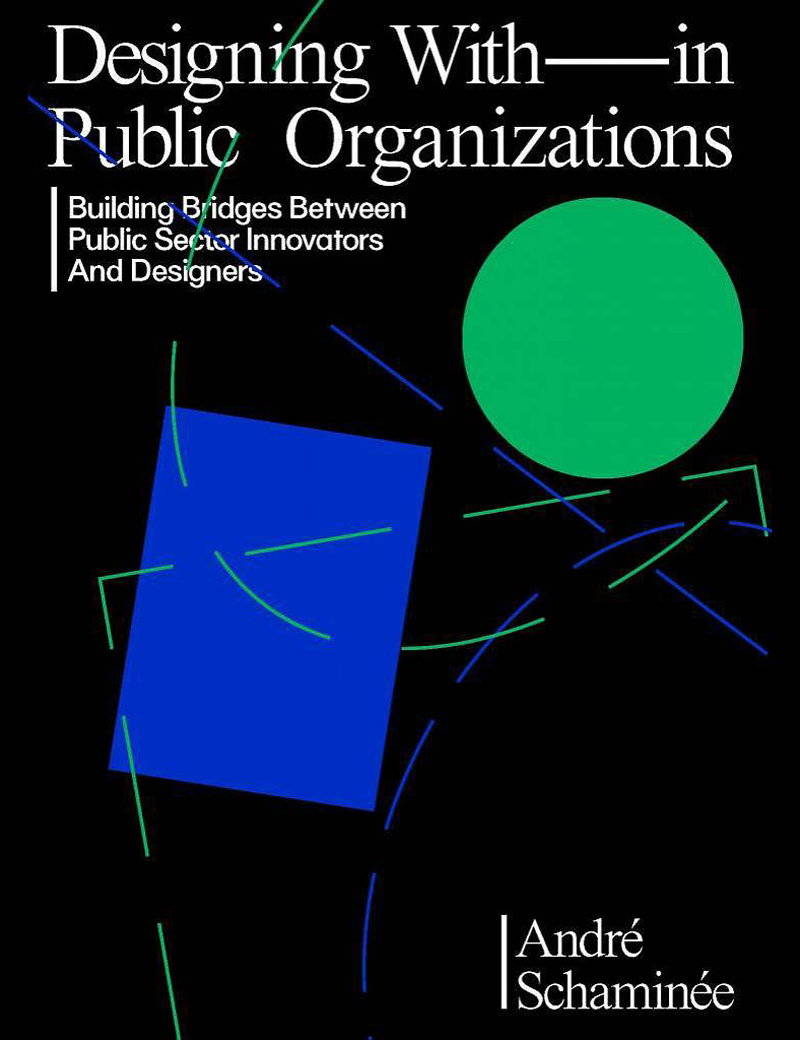
Designing With and Within Public Organizations
Design practices increasingly appeal to public organisations as a new and promising approach, but how can we make collaborations between these two different parties successful? The new book Designing With and Within Public Organizations examines this. In this book, author André Schaminée introduces the art of context building - creating and maintaining the right context within public organizations for a fair, thorough yet manageable design process. Based on numerous cases, the author explains the fundamental differences between how designers and public organizations think about change, cooperation and power, and how these differences can be bridged.
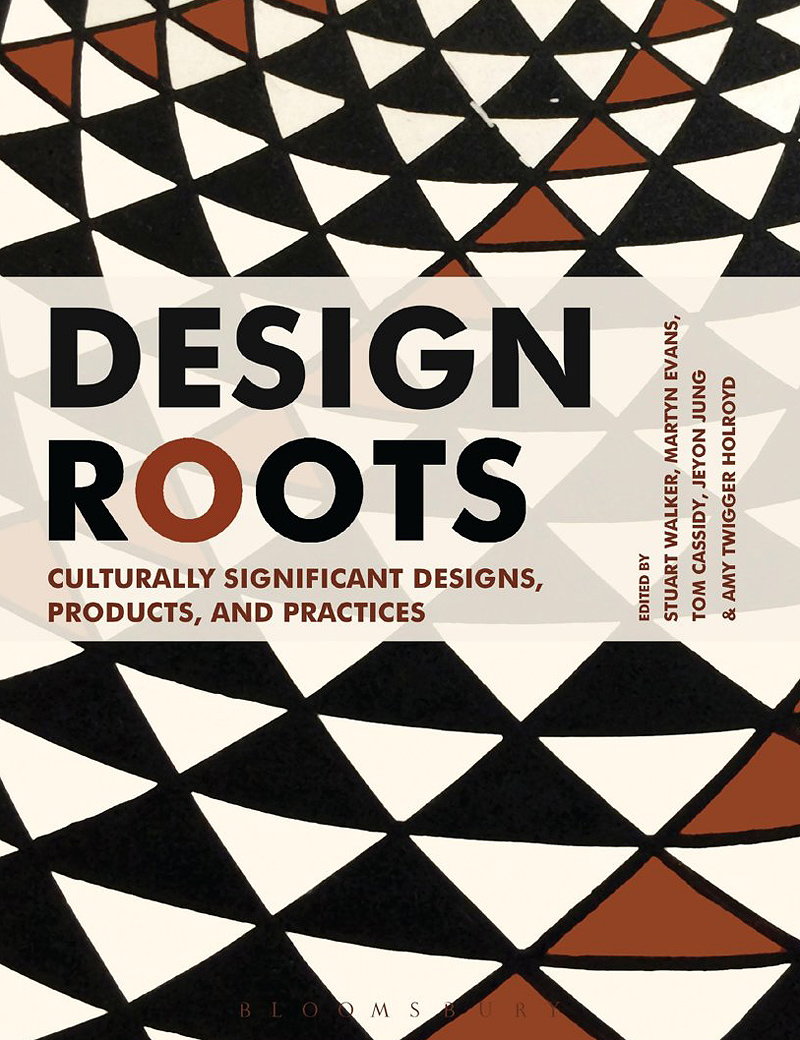
Design Roots: Culturally Significant Designs, Products and Practices
Design Roots provides a comprehensive review of culturally significant designs, products and practices which are rooted to particular communities through making tradition and a sense of place. Many rich traditional practices associated with community, tacit knowledge and culture are being rapidly lost due to globalisation and urbanisation. Yet they have much to offer for the future in terms of sustainability, identity, wellbeing and new opportunities in design. This book considers the creative roots, the place-based ecologies, and deep understandings of cultural significance, not only in terms of history and tradition but also in terms of locale, social interactions, innovation, and change for the sustainment of culturally significant material productions. Importantly, these are not locked in time by sentimentality and nostalgia but are evolving, innovative, and adaptive to new technologies and changing circumstances.
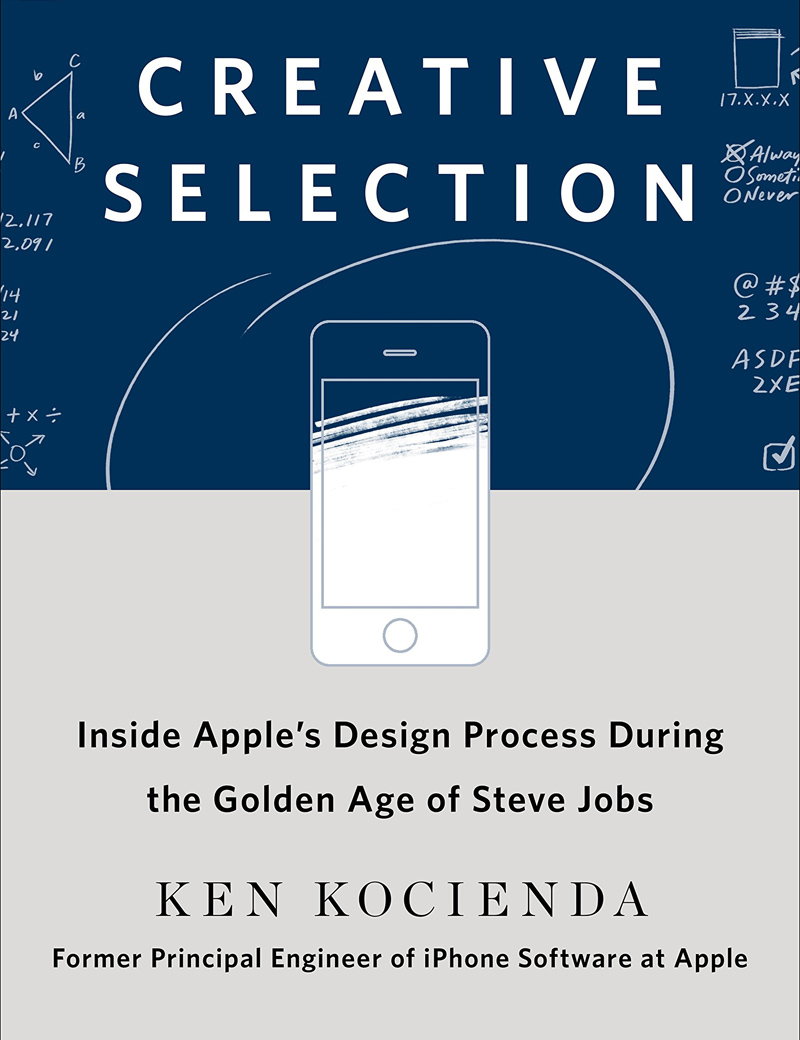
Creative Selection: Inside Apple's Design Process During the Golden Age of Steve Jobs
Hundreds of millions of people use Apple products every day; several thousand work on Apple's campus in Cupertino, California; but only a handful sit at the drawing board. Creative Selection recounts the life of one of the few who worked behind the scenes, a highly-respected software engineer who worked in the final years of the Steve Jobs era―the Golden Age of Apple. Kocienda shares moments of struggle and success, crisis and collaboration, illuminating each with lessons learned over his Apple career. He introduces the essential elements of innovation―inspiration, collaboration, craft, diligence, decisiveness, taste, and empathy―and uses these as a lens through which to understand productive work culture.
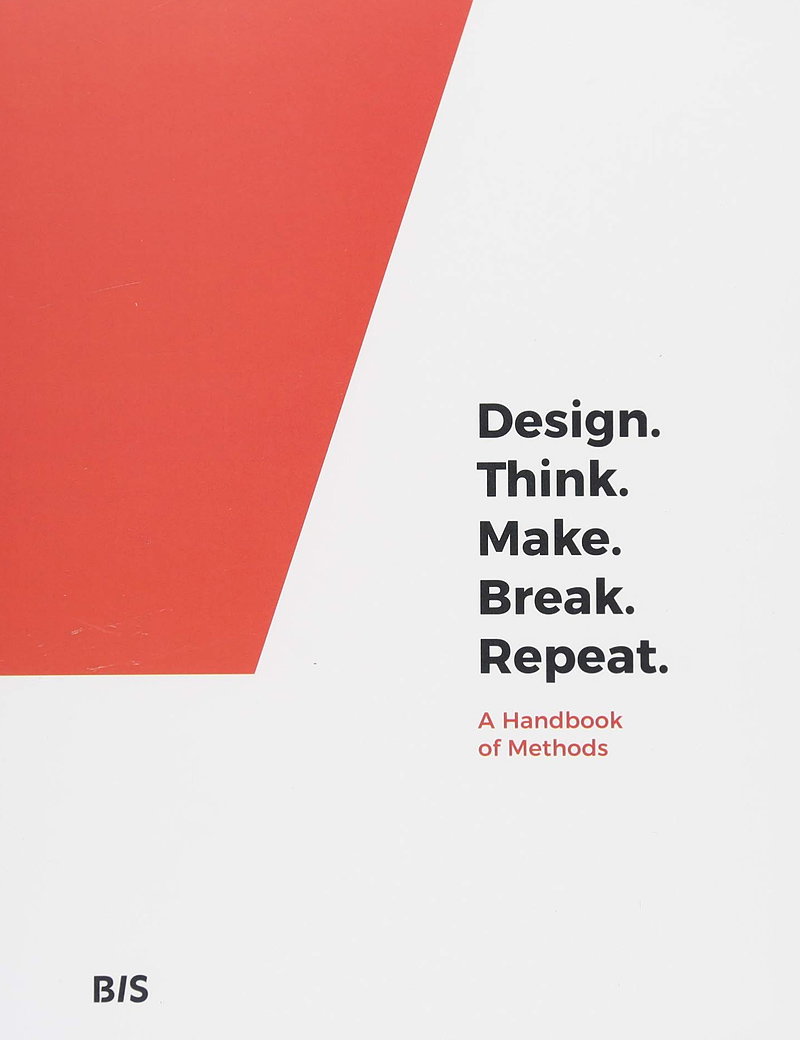
Design. Think. Make. Break. Repeat.
Design. Think. Make. Break. Repeat. provides a comprehensive collection of 60 methods applicable to any design innovation project. This handbook provides a flexible, interactive learning resource for anyone interested in learning about design thinking methods and their use for product and service innovation. It includes easy-to-follow exercises for each method along with ready-to-use templates and tools, case studies and design challenges. The book features 60 methods that were selected from across the design disciplines of product design, service design, design innovation, interaction design and user experience design.

This is Service Design Doing: Applying Service Design Thinking in the Real World
How can you establish a customer-centric culture in an organization? This is the first comprehensive book on how to actually do service design to improve the quality and the interaction between service providers and customers. You'll learn specific facilitation guidelines on how to run workshops, perform all of the main service design methods, implement concepts in reality, and embed service design successfully in an organization.
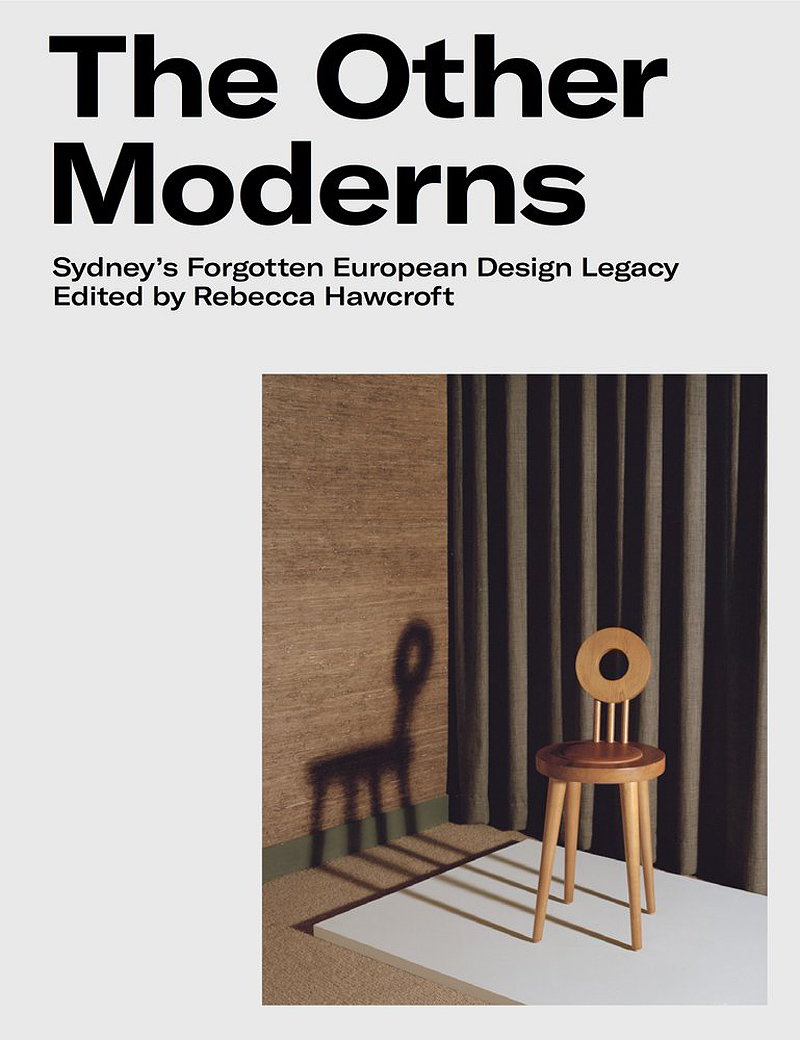
The Other Moderns: Sydney's Forgotten European Design Legacy
The Other Moderns uncovers the work of Sydney's forgotten émigré architects, interior designers, and furniture makers working from the 1930s to 1960s, and reveals their groundbreaking impact on modernist design. Highlighting the direct connections between Sydney and the European design centers of Vienna, Berlin, and Budapest, the book provides a new understanding of modernism. Profiling the work of architects like Henry Epstein and Hugo Stossel, along with Gerstl Furniture, The Other Moderns tells the story of the network of architects, designers, property developers, retailers, and photographers working together to bring a distinctly European style to mid-century Australia. Richly illustrated with rare photography, including stunning images from Austrian-born photographer Margaret Michaelis, and furniture from the collection of Hotel Hotel Canberra, the book explores the work of this unacknowledged group of style makers for the first time.
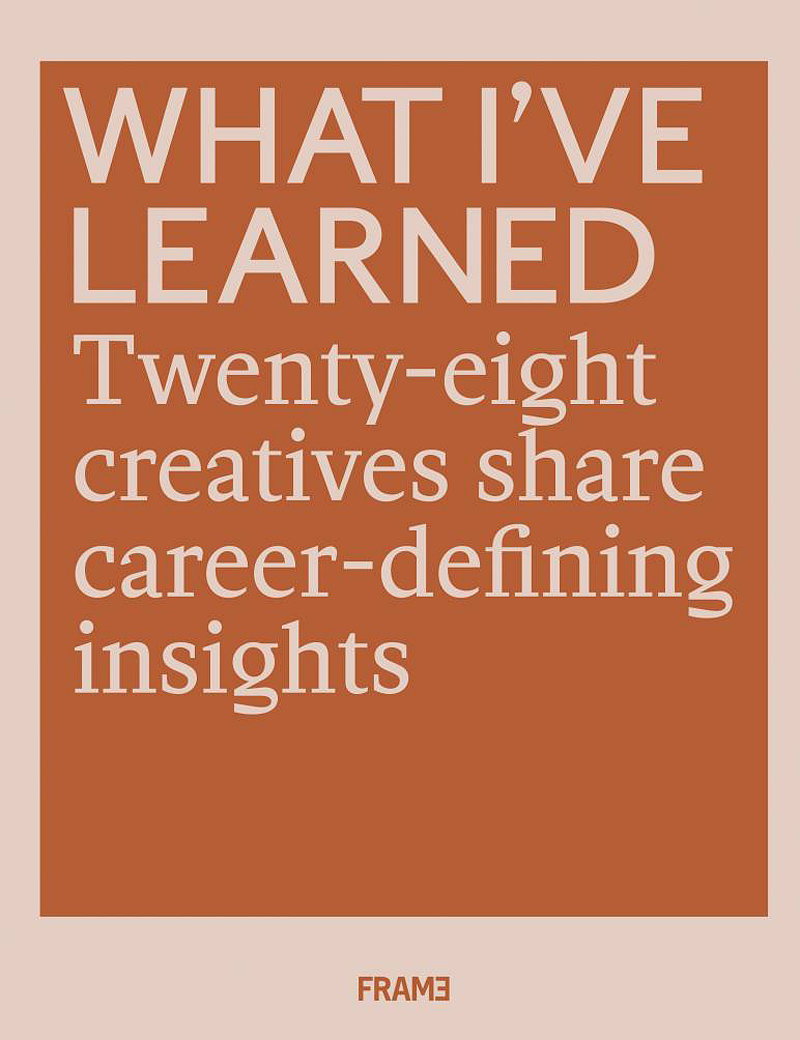
What I've Learned
Inspirational interviews with 28 world-renowned designers and architects shed light on the experiences that have influenced their lives and work.
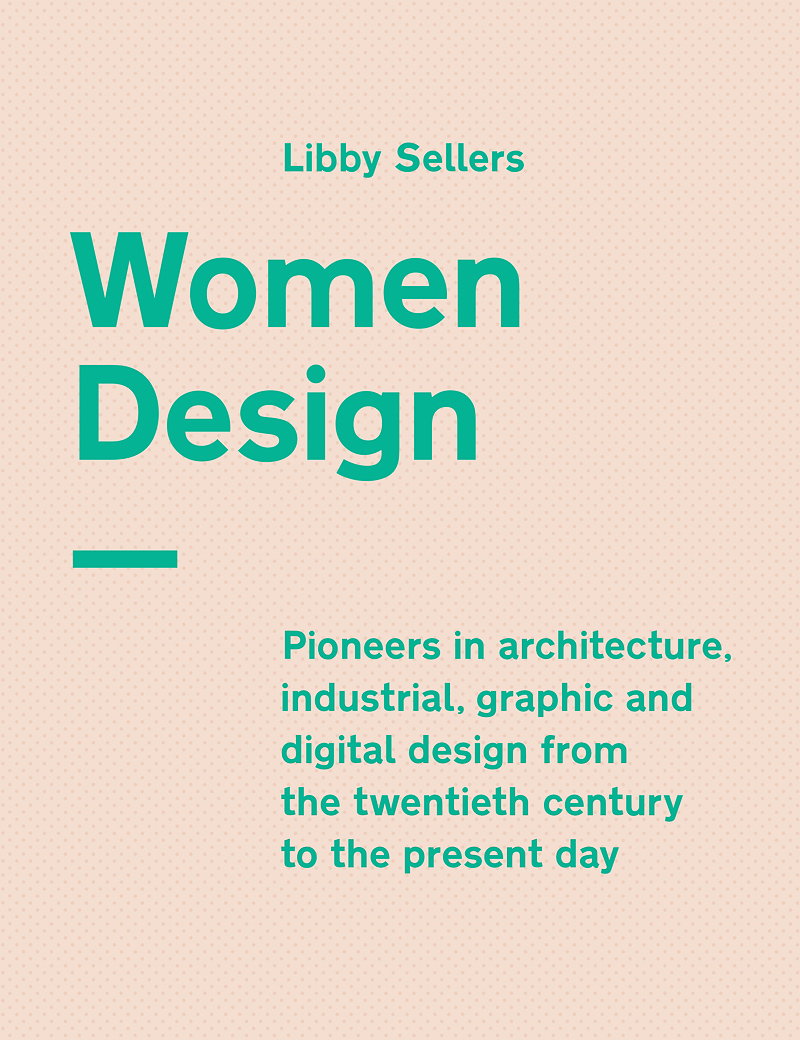
Women Design
Women have always been a significant part of the design profession. Yet, if asked to name the design world's greats, many would produce a list of predominantly male names, with women relegated to the subcategories of their disciplines. Women Design seeks to correct this balance by highlighting some of the greatest female designers of the modern era. From architects and product designers to textile artists and digital innovators, it profiles a dynamic selection of designers, showcasing their finest work and celebrating their enduring influence.
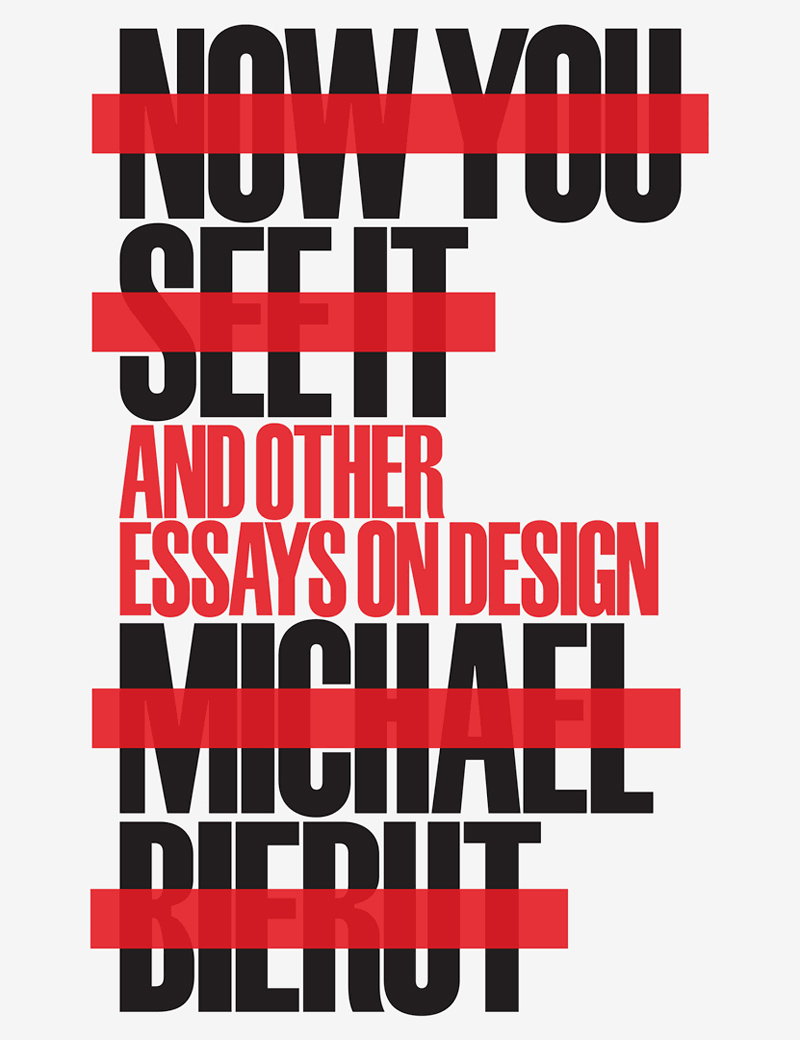
Now You See It and Other Essays on Design
In more than fifty smart and accessible short pieces, celebrated designer Michael Bierut explores a fascinating and diverse array of subjects in Now You See It and Other Essays on Design. The essays range across design history, pop culture, and current affairs-from Hydrox cookies, design hoaxes, and the aesthetics of baseball stadiums, to eighteenth-century typography, The Sopranos, and his experience creating the logo for Hillary Clinton's 2016 presidential campaign. Other writings celebrate such legendary figures as Jerry Della Femina, Alan Fletcher, Charley Harper, and his own mentor, Massimo Vignelli.
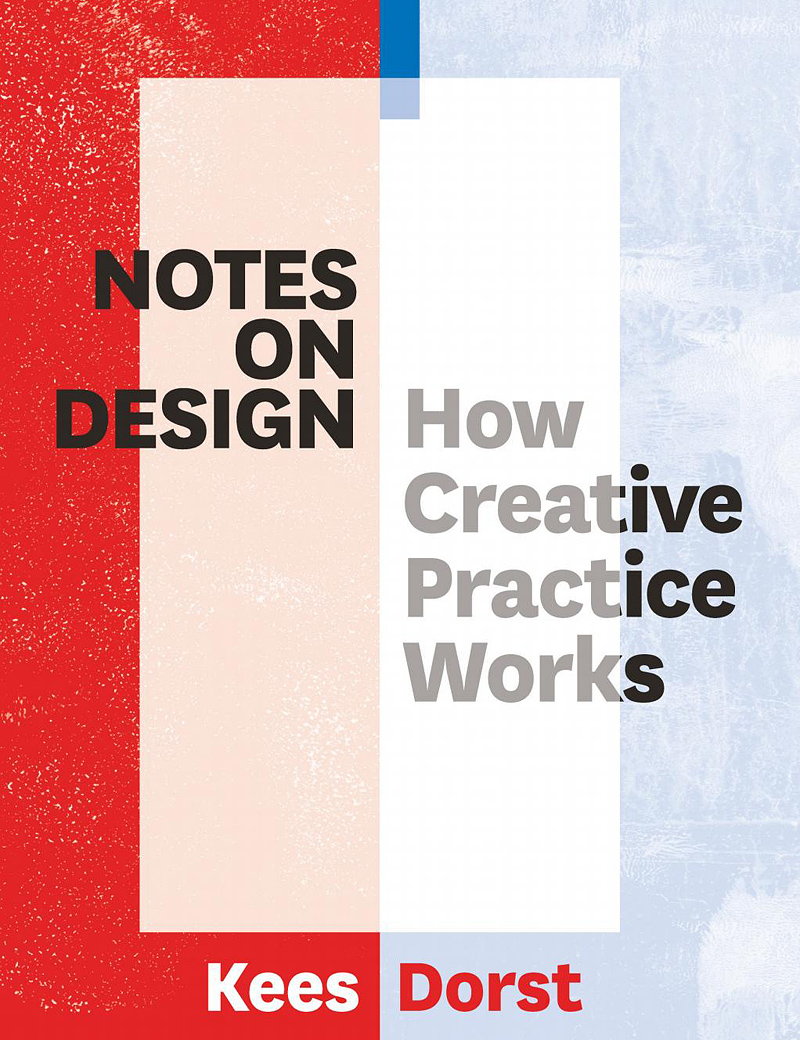
Notes on Design: How Creative Practice Works
Notes on Design features 185 mini-essays that create a panoramic overview of what designers do, and how creative practice works. Each one-page note thoroughly reflects on a design practice, showing professionals what they can learn from expert designers for innovating in their own field. These reflections are based on the knowledge and insights that have been gathered in over fifty years of design research, and on the author's own experiences as a designer, researcher and educator.
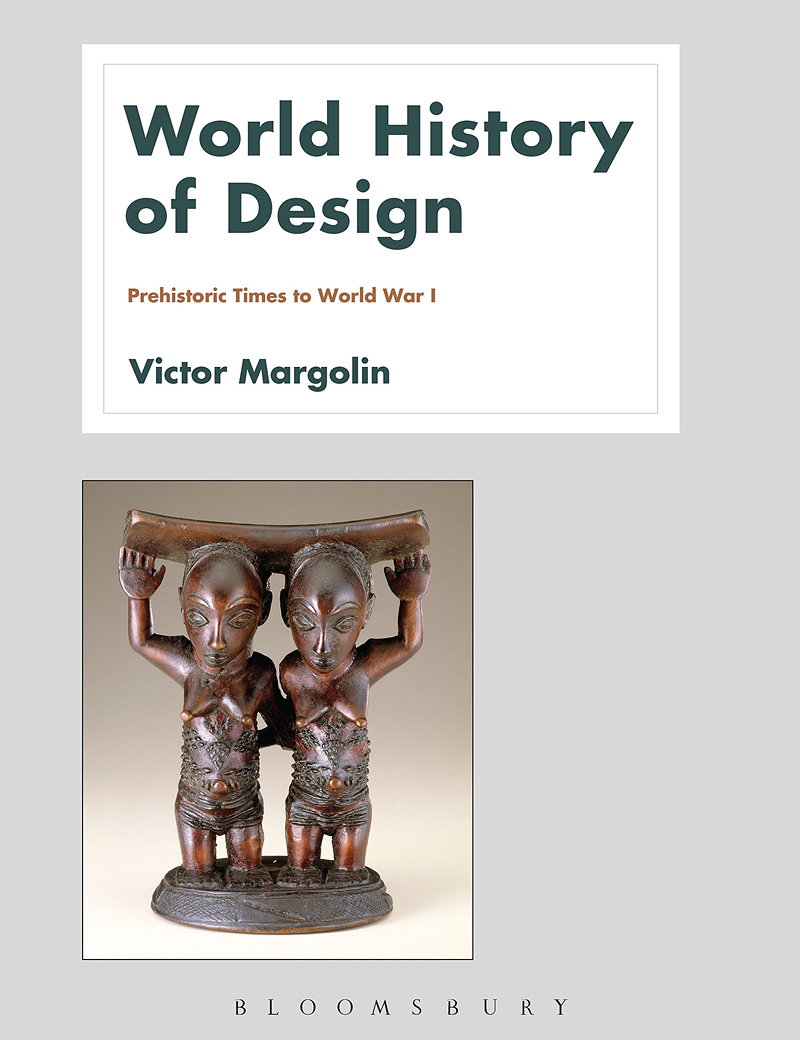
World History of Design
World History of Design is the definitive historical account of global design from prehistory to the end of the Second World War, by pre-eminent design scholar Victor Margolin. These two richly illustrated volumes feature over 850 images, with over 160 in full colour.
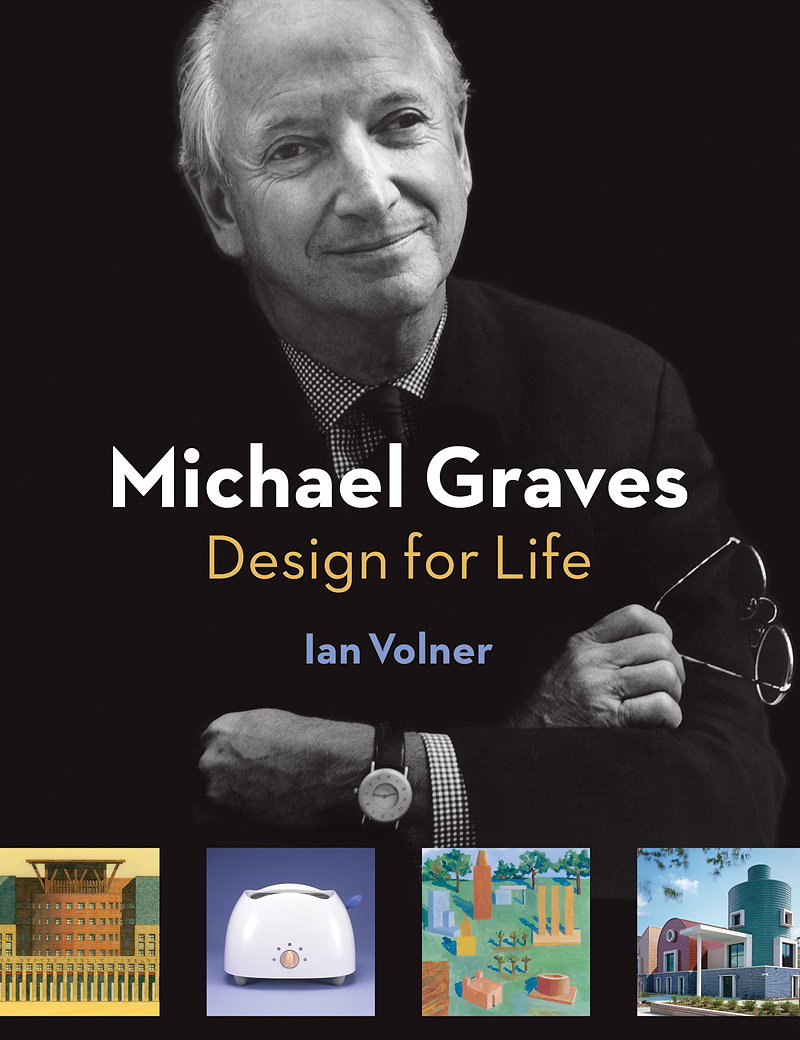
Michael Graves: Design for Life
One of the most prominent and prolific designers and architects of the late twentieth century, Michael Graves is best known for his popular product designs, including the world-famous Alessi whistling-bird teakettle, and controversial buildings, such as the Portland Building in Oregon, Humana Building in Kentucky, and Dolphin and Swan Hotels at Walt Disney World, Florida. Graves was widely seen as the leading voice of postmodernist architecture, which reintroduced human scale, color, and, sometimes, playful forms into the stark white vocabulary of modernism.
